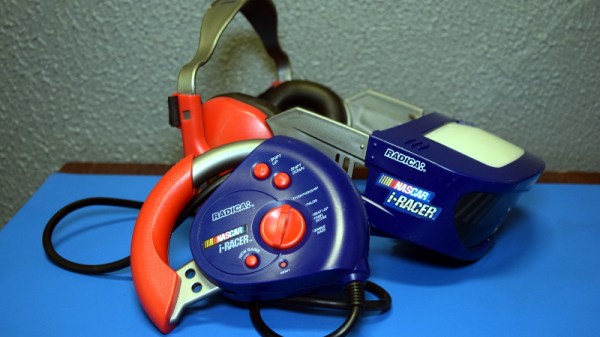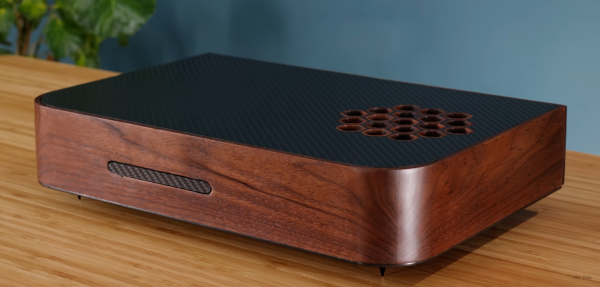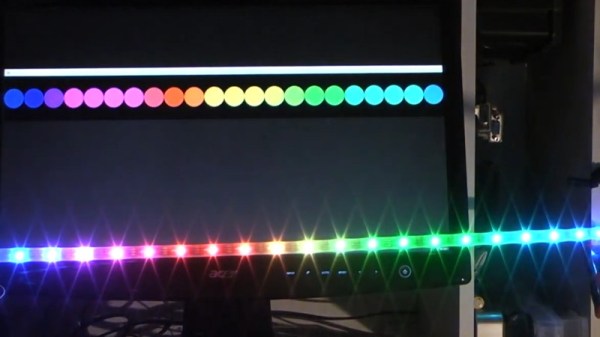Long before the Oculus Rift and HTC Vive came along, some of the biggest names in gaming tried to develop practical stereoscopic displays. These early attempts at virtual reality (VR) were hindered by the technical limitations of their time, and most never progressed beyond the prototype stage. Of the ones that did make it to retail shelves, none managed to stick around for very long. The best known example is Nintendo’s Virtual Boy, which ended up being a financial disaster upon its release in 1995 and some regard as the gaming giant’s greatest blunder.
Despite these public failures, Radica still felt compelled to throw their hat into the ring. Best known for their line of relatively simplistic LCD handheld games, the company produced several rudimentary stereoscopic stand-alone titles in the late 1990s to try and cash in on the VR fad. Among the later entries in this series was 1999’s NASCAR i-Racer, which at least externally, looks quite a bit like modern VR headset.
Featuring a head-mounted stereoscopic display, a handheld controller, force feedback, and integrated headphones, you’d certainly be forgiven for thinking the i-Racer was ahead of its time. But its reliance on the primitive LCD technology that put Radica on the map, combined with the need to keep the game as cheap as possible, keeps the experience planted firmly in the 1990s. But perhaps there’s something we can do about that.














